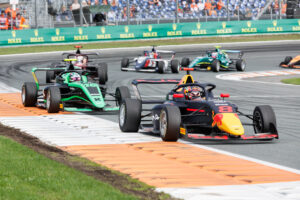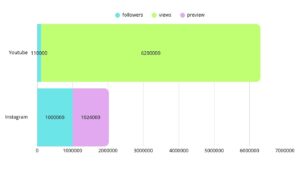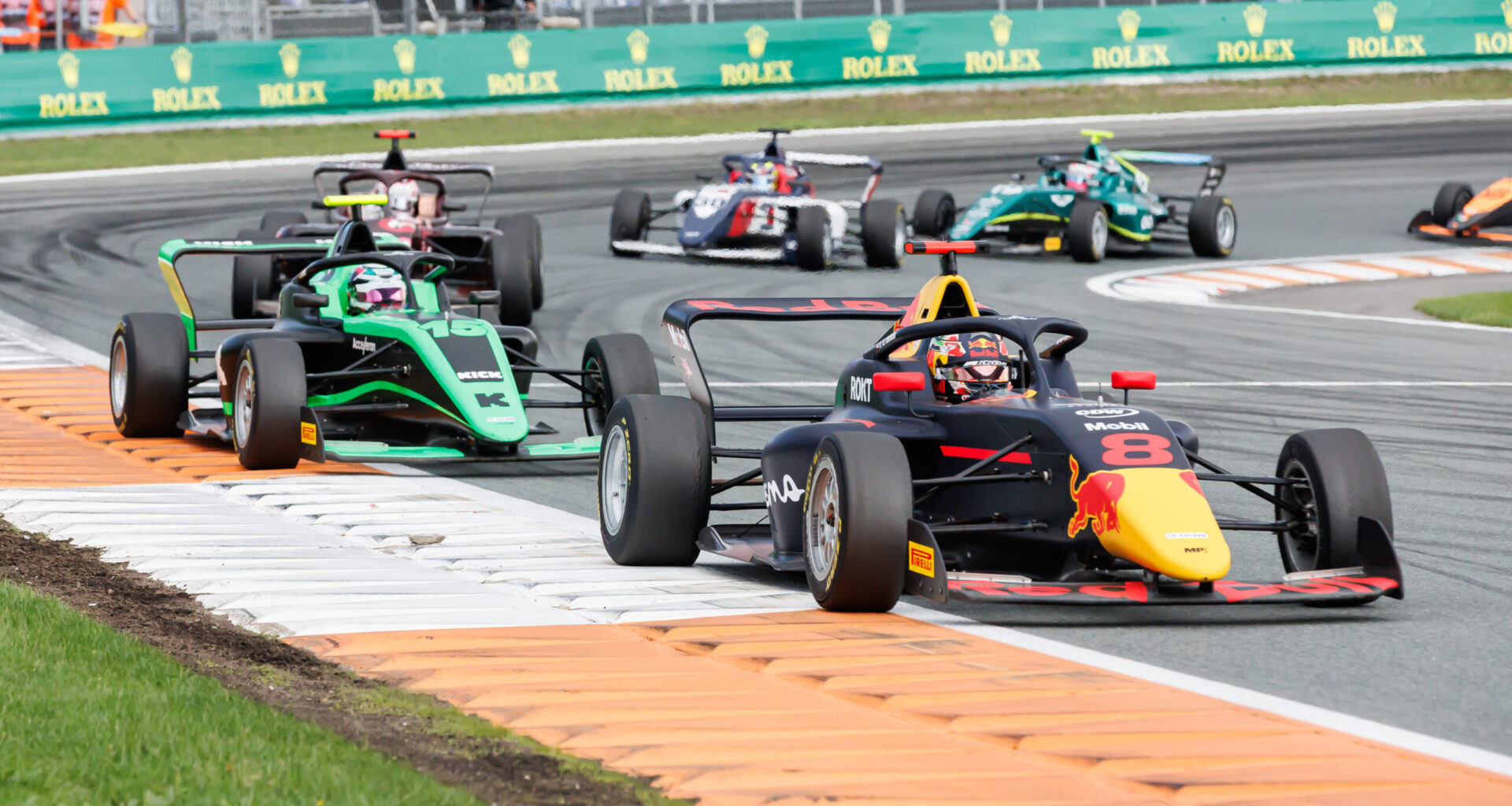By 2025, the F1 Academy had established itself at nine prestigious circuits, including Montreal, Miami, Shanghai, Singapore and Las Vegas. The races take place alongside the F1 Grand Prix, offering drivers unique media exposure.
 Wikimedia commons
Wikimedia commons
Created in 2022 by Formula one group and Susie Wolff former racing driver and wife of the Mercedes F1 team principal, the F1 Academy was born out of a simple observation: female drivers are sorely lacking in visibility in motorsport. Designed as a springboard, this women’s league welcomes young women aged 16 to 25 to drive Formula 4 single-seaters, with the ambition of propelling them to the top of motorsport. The objective : To provide a genuine springboard for female drivers. Since the 1970s, only two Italian women, Maria Teresa De Filippis and Lella Lombardi, have competed in a Formula 1 Grand Prix.
Television coverage remains limited.
Although the F1 Academy is struggling to attract the attention of the mainstream media, it has found its audience… on the internet.
Despite still limited television coverage, only Canal+ French TV channel, which broadcasts two races live, available in replay and highlights on F1 TV Pro. The series is exploding on social media. The official YouTube account has 110,000 subscribers and over 6.2 million cumulative views. On Instagram, the one million follower mark was surpassed in July 2025, with annual growth of +2.4%. The audience is young, female, and engaged: the 18–24 age group dominates.

On the sports side, the results are promising. Marta García (2023 champion) has joined the FRECA championship, Abbi Pulling (2024 champion) has joined GB3, and several drivers such as Chloe Chambers have tested in F3.
Is it the end of the boys’ club?
At the same time, the entire paddock is becoming more feminised, with engineers and mechanics, even in factories, gradually taking their place and no longer being relegated to administrative, marketing or communication roles.
However, obstacles remain: the scarcity of sponsors, the exorbitant cost of moving up to F3/F2, and the insufficient regularity of a calendar limited to nine races per year.
The future looks bright: partnerships with F1 teams, training programmes, simulators and personalised coaching… The F1 Academy is establishing itself as a league in the making, driven by a clear ambition: to break down barriers and pave the way for women in the world of elite motorsport.
The engine is running and will not stop.
The year 2025 marks a significant increase in popularity: the grid has grown from 15 to 18 cars with the arrival of the Hitech Grand Prix team. In addition, the ‘wild card’ system allows young talents to test themselves immediately. Regular integration into F1 weekends also ensures valuable visibility.
It remains to be seen whether the F1 Academy will be able to transform this digital popularity into a real springboard to Formula 1. For the time being, no driver has yet secured a full-time drive in FIA F3.
![]()

